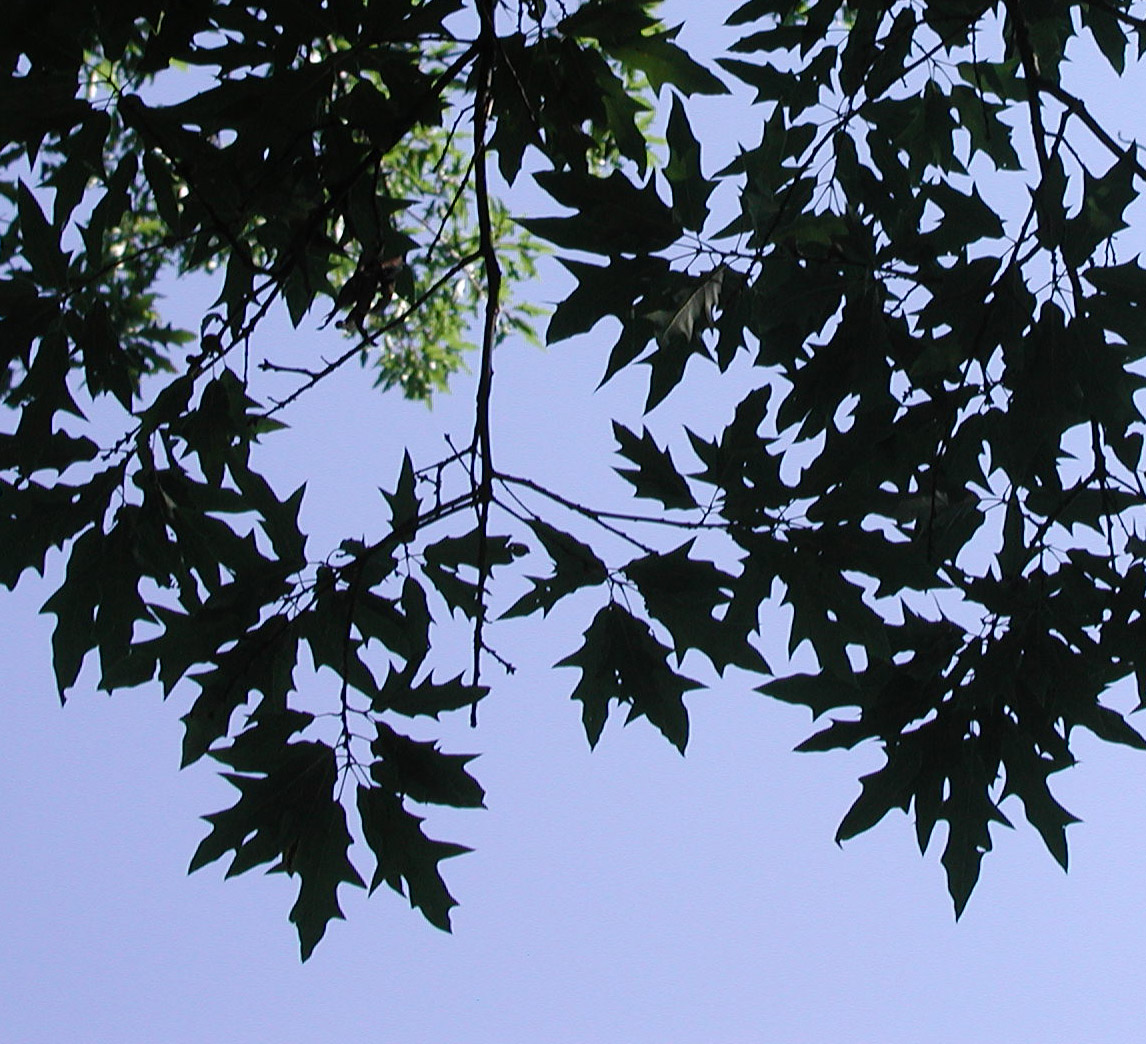Resource Library
Plant of the Week: Quercus x heterophylla; Bartram Oak
I had a friend who was quite a name dropper. I tried not to be impressed, but I was always intrigued how he managed to sprinkle names of famous people into any and all conversations. The other day, reading a piece on the Bartram oak (Quercus x heterophylla), I realized the tree, too, was a serious name dropper, it associating itself with most of my botanical heroes over the past three centuries.

As a tree, it is a 70-plus-foot-tall species with a rounded crown and the open branching habit of the average red oak. Its leaves are 6 inches or more in length with an elongated format but with varying degrees of short lobes up the side. Even on the same tree, leaves may vary from unlobed to mildly lobed. The acorns are medium sized with a cap perched onto and covering about 15 percent of the seed.
In the Spring 2020 Arnoldia article on Bartram’s oak, they show a distribution map and indicate it is found in western Arkansas but I find no mention of it in Smith’s checklist. Digging further, I find it listed in a 1929 tree guide published by the UofA Cooperative Extension Service and authored by John T. Buchholz, a professor of Botany at the UofA, and Extension Forester W. R. Mattoon. Buchholz apparently worked at the University during the 1920s but gained the most notoriety in 1939 when, at the University of Illinois, he published a paper separating the redwoods of California into two separate genera. Their handbook on forest trees of the state was picked up by Dr. Dwight Moore, longtime UofA botanist, who published his own Trees of Arkansas that was printed by the tens of thousands. Moore does not mention Bartram’s oak.
In 1802 William Bartram, John’s son and noted naturalist in his own right, showed the tree to Francois Andre Michaux, another botanical hero, who described it as a new species based on the single tree growing in Bartram’s garden. In 1842, Thomas Nuttall – the first botanist who had traveled in Arkansas twenty years earlier – reported the tree had been cut down after William’s death to improve the view of the river.
By then, suspicion was growing that Bartram’s oak may be a hybrid. Asa Gray, the famous Harvard botanist of the middle 19th century, began to receive other specimens of Bartram’s oak from the mid-Atlantic region and speculated that Bartram’s oak could be a hybrid between willow oak and one of several related oaks that grow in similar habitats with the willow oak, including black oak, northern red oak, southern red oak or shingle oak.
In 1905 the controversy over the parentage was mostly settled when workers at the New York Botanical garden planted 75 acorns of Bartram oak and grew them out and observed the leaves. What they found in this F2 generation was an array of leaf types that ranged from those very much like willow oak to those very much like those of northern red oak. But in 1929, Buchholz was still claiming he thought the pollen parent was black oak. In the Arnoldia article, DNA analysis is used to conclusively demonstrate that Northern red oak was the male parent.
Hybridization in oaks, a wind pollinated species, is common with at least 100 such crosses being recognized amongst the 600 species of oaks. Barriers preventing outcrossing exist between oak species, but they do occur. Such hybrid progeny usually occurs as single, isolated trees. A county by country range map does show Quercus x heterophyllus occurring in Arkansas in Columbia country, just across the state line in two Oklahoma counties and in the Missouri boot heel region. There is no reason it should not appear along the Arkansas river where willow oak is common and northern red oaks might occur. As far as I know, Bartram’s oak is not in the nursery trade.
For more information about horticulture or to see other Plant of the Week columns, visit Extension’s Website, www.uaex.uada.edu, or contact your county extension agent. The Cooperative Extension Service is part of the U of A Division of Agriculture.